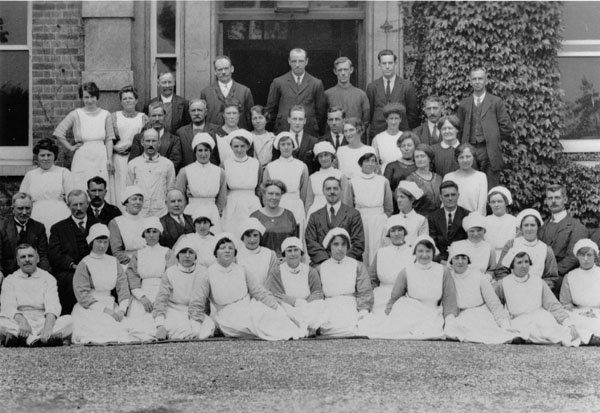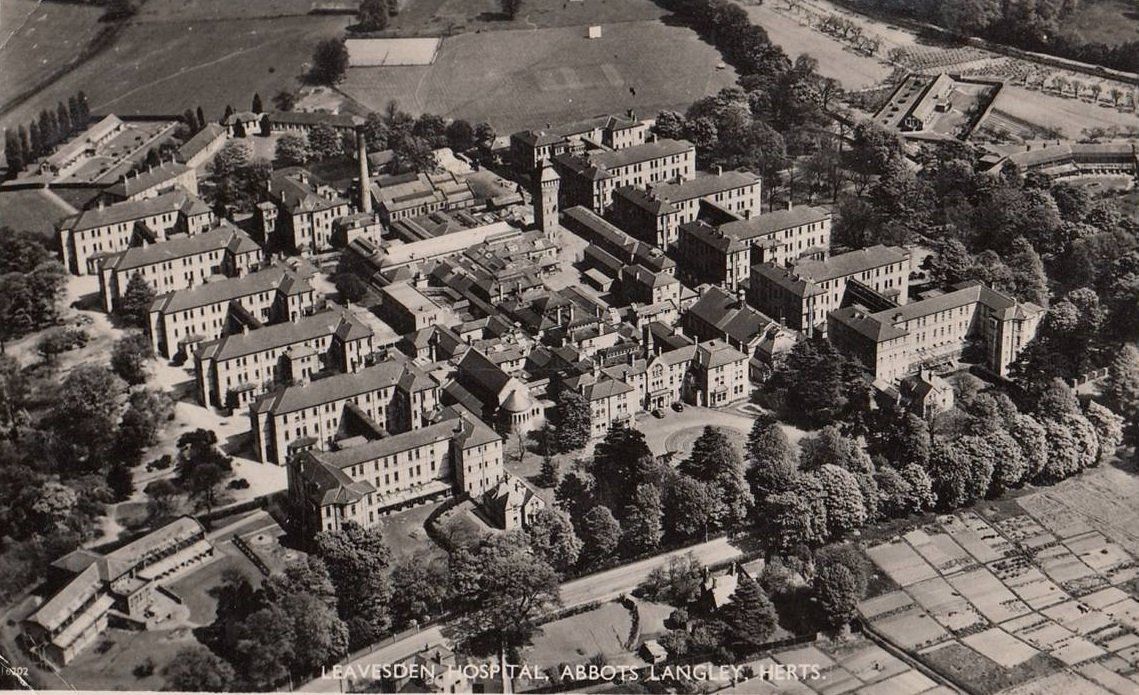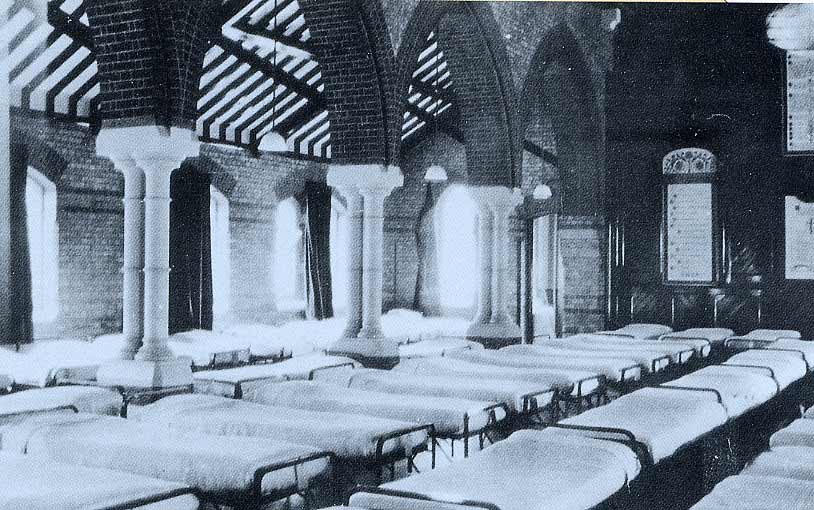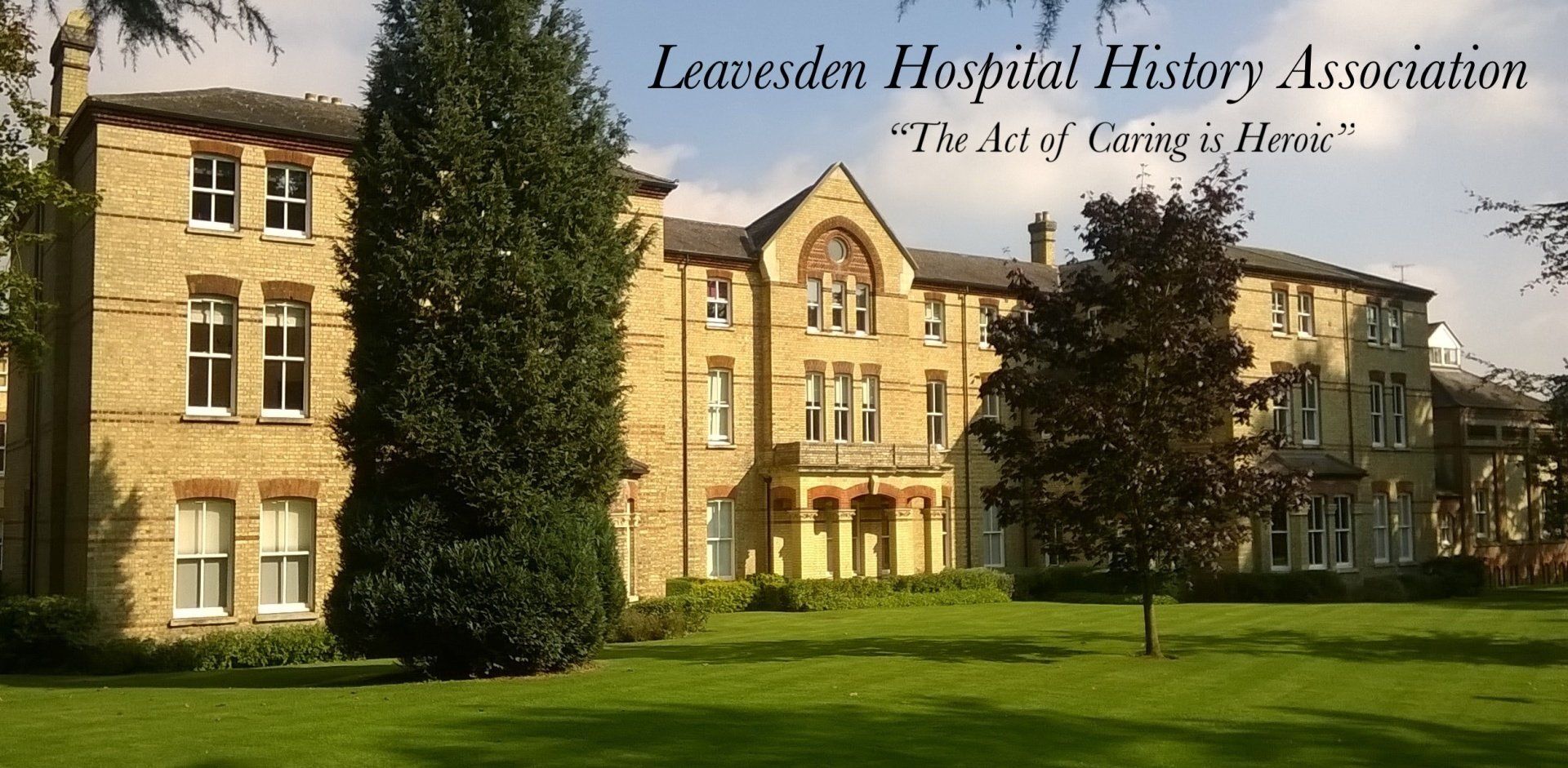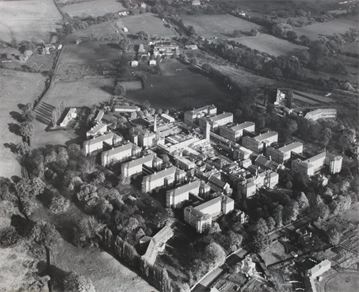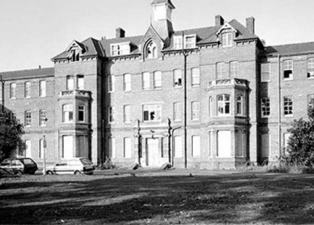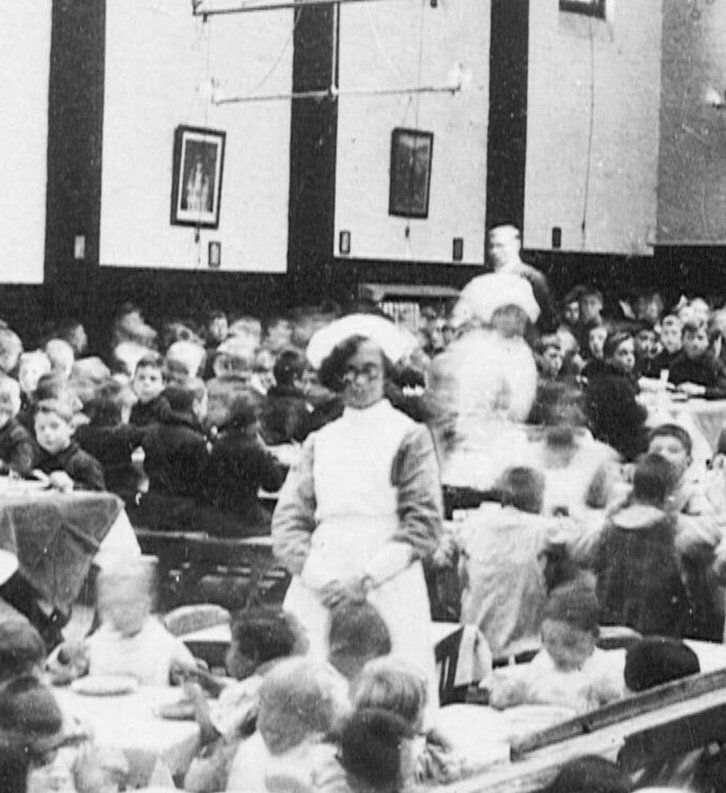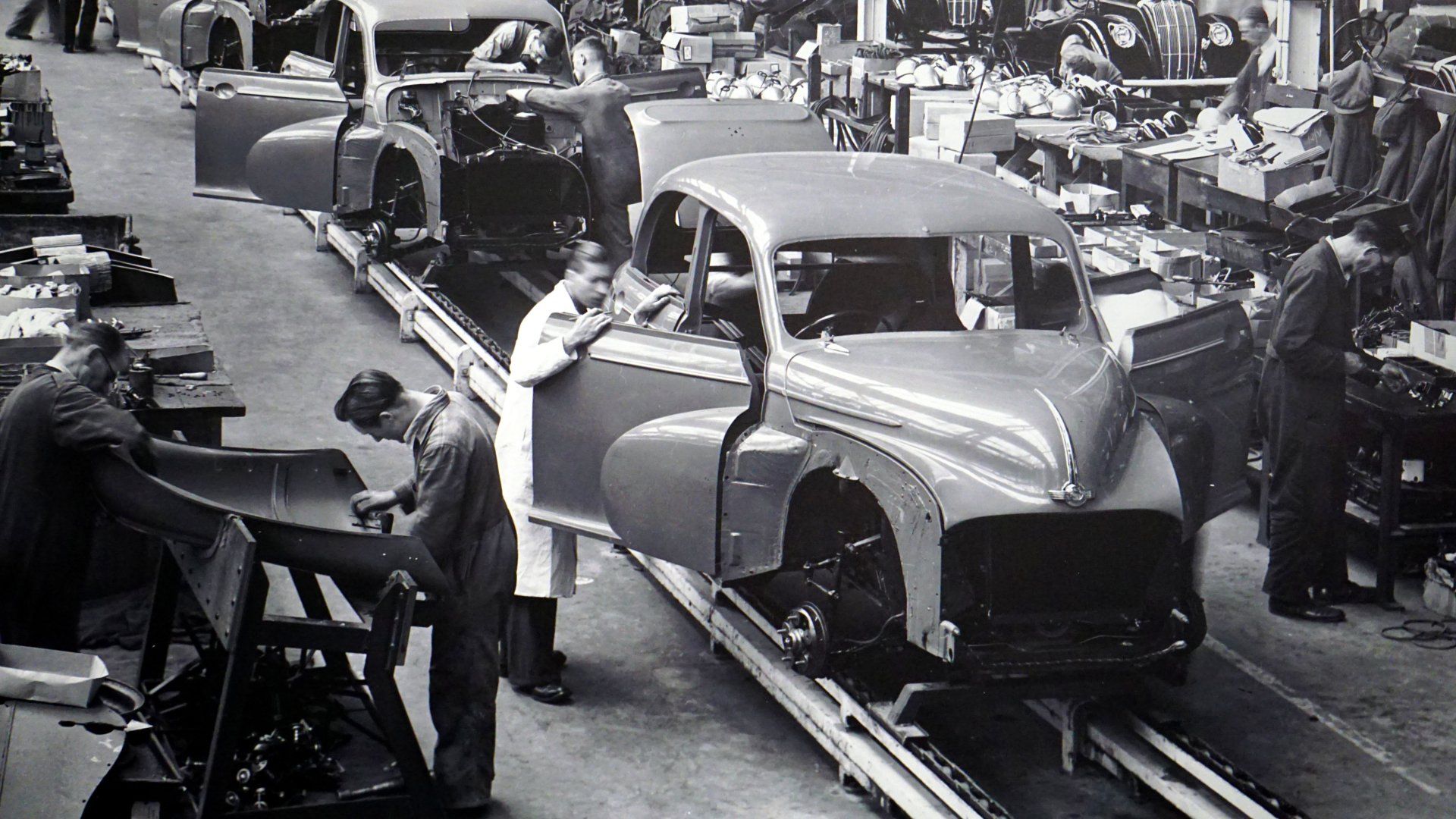HERITAGE & HISTORY
THE HOSPITALS
The Country Park itself, was home to the 'Leavesden Asylum for Idiots and Imbeciles' built in 1867 which was one of the first such institutions for London in Victorian time and a unique facility. It was 90% self sufficient for 2,085 patients, 639 orphans and staff with school, nursing college, gas works, sewage treatment system and 42 acre farm and livestock. The Asylum provided work for hundreds of local people and played a significant part in mental health treatment and attitude in Victorian times. Some of their buildings remain intact such as the church and the graveyard with its beautiful gate. Within this site, the St Pancras Orphanage/Workhouse and the Canadian/Abbots Langley General Hospital were also built.
For further information visit www.leavesdenhospital.org
FROM FLIGHT TO FILM
The Leavesden Aerodrome was a nearby site and in 1939 with the outbreak of World War II came to its peak usage. The de Havilland company, based in nearby Hatfield, were under contract by the Ministry of Defence to produce the Mosquito fighter craft and the Halifax bomber. This new site was acquired as the large scale hangars needed to accommodate the production of a huge number of planes required could not be constructed at de Havilland's Hatfield base. 710 Halifax bombers were built at the Leavesden Aerodrome and manufacturing of Mosquitoes soon followed, totalling 1,476 planes built. The two planes were both critical successes for Britain during the conflict.
After the war, the aerodrome was acquired by Rolls-Royce who used it as a factory producing engines for airplanes and later helicopters. However by the early 1990s they had sold their interests in the site. Eventually Rolls-Royce departed during 1992/93 before the airfield's final closure in 1994. Unable to find a new owner, Leavesden Aerodrome was left disused.
... and so to film
In 1994 Eon Productions, the makers of the James Bond movies, needed a suitable facility to make their latest Bond film Goldeneye and after an extensive search, they discovered the recently disused Leavesden Aerodrome.
The filmmakers soon realised that the site was perfect for film production; the huge aircraft hangars made ideal production stages for the creation of film sets. Where aircraft once hung, set lighting took their place, creating the perfect environment in which to film. In addition, the large exterior filming area backlot provided filmmakers with a unique facility that could host productions of any scale.
They acquired the site in 2010 and embarked on an ambitious building programme which opened in 2012 to create a new world-class, state-of-the-art film and TV studio.
THE NEW 'LISTENING HUB' IN THE HIVE - BRINGING TO LIFE PAST STORIES OF THE HOSPITALS AND AERODROME
We recognise that local people play a huge part in the Park’s rich heritage- with many residents having worked at the hospitals, aviation facilities or film studios, or knowing someone who did!
Over the years Three Rivers District Council has worked in partnership with the University of Hertfordshire’s Heritage Hub and together over time we’ve recorded a series of Oral Histories of local residents, who have heart warming stories to share about their connections to the Park's heritage.
The University of Hertfordshire’s Heritage Hub kindly host these histories for us and you can listen to them here. Alternatively,
Three Rivers District Council have installed a unique piece of equipment to ensure that the Park’s prized heritage is further celebrated and accessible to all. The Listening Hub captures eight fascinating oral history recordings. In these poignant interviews, you can listen to people share stories and reflect on their memories of the Hospitals and the Aerodrome that once stood on this site and nearby.
Visitors to Leavesden HIVE can sit and listen to these recordings through headphones, enabling them to enjoy and appreciate the legacy of the Park in a new way. The unit has a touch screen that connects visitors to the numerous videos made of the Park including the artist’s journey of creating the Heritage Trail and links to the local history groups. There are also various Park photo albums and local heritage books to pick off the shelves and discover.
As we continue to build an archive of heritage-based information, we are placing a call out for new Oral Histories. We’re always fascinated to hear memories shared and stories told, so if you have a link to these industries, please get in touch with us!
RESEARCH & DISCOVERY AT EAST LANE CEMETERY
In January 2020, 15 enthusiastic volunteers from the Leavesden Hospital History Association (LHHA) gathered at Leavesden HIVE to begin the journey of discovery at East Lane Cemetery.
Their efforts were rewarded when over 500 grave markers were uncovered underneath layers of foliage.
LHHA took on the daunting task of collecting, organizing and entering all the information found into the “Leavesden Hospital, Chapel of the Good Shepherd, East Lane Cemetery, Register of Names” which can be found here.
This invaluable piece of history was due to the hard work and dedication of Martin Brooks, founder of LHHA and Gill Durell, a local Genealogist, who accepted the challenge of researching the back grounds of 570 names in the Register of Names.
Martin has also written a beautiful book - 'Acts of Caring and other Heroics' containing stories from the Leavesden Asylum/Hospital 1868 to 1995 which is a compilation of first-hand accounts that detail this important heritage. Copies can be ordered by visiting www.leavesdenhospitals.org and clicking on ‘The Book-Acts of Caring’ tab.
EAST LANE CEMETERY WAR MEMORIAL
The cemetery is proud to display the Leavesden Hospital WW1 and WWII Remembrance stone. This details those young men who gave their lives in two Great Wars and who were working at the hospital. The site is now listed as a 'War Memorial' and details can be found here:
For more information on War memorials online visit: http://www.warmemorialsonline.org.uk


